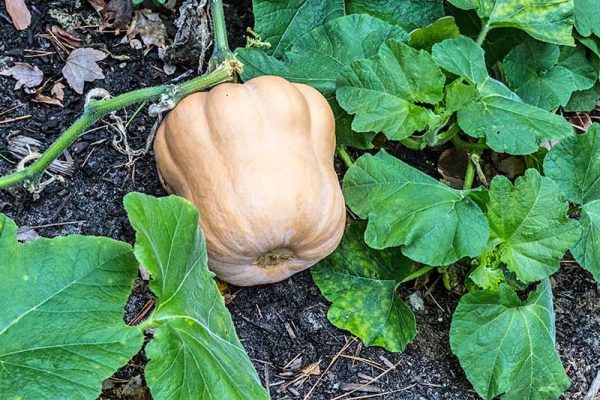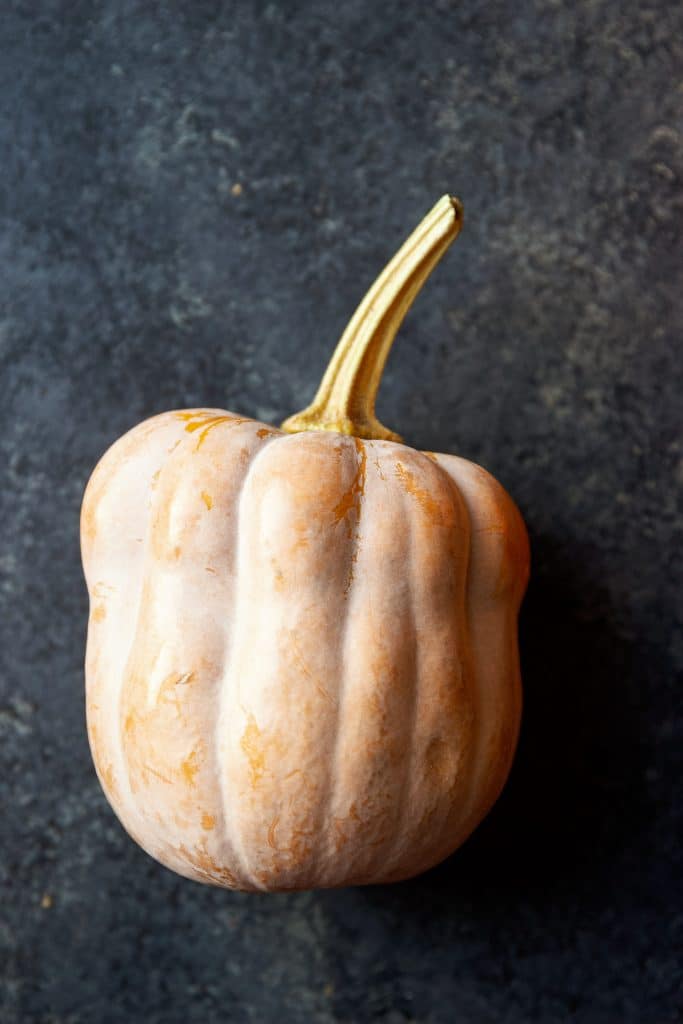How to Grow Winter Squash in Cold Climates: A Comprehensive Guide

Are you dreaming of a bountiful harvest of winter squash but live in a cold climate? Don't let the frost deter you! Growing winter squash in cooler regions is not only possible but can be incredibly rewarding. Imagine the satisfaction of serving a hearty butternut squash soup or a delicious acorn squash dish, all grown in your own backyard. Let's dive into the world of cold weather squash and discover how you can achieve a successful winter vegetable garden.
Understanding Winter Squash in Cold Climates
Winter squash, unlike its summer counterparts, is known for its hardy nature and ability to withstand cooler temperatures. Varieties like butternut, acorn, and kabocha are particularly well-suited for northern climates. These frost-resistant squash types can thrive even when the mercury drops, making them ideal for winter vegetable gardening.
Choosing the Right Varieties for Cold Weather
Selecting the right variety is crucial when growing winter squash in cold climates. Some of the best options include:
- Butternut Squash: Known for its sweet, nutty flavor and long storage life.
- Acorn Squash: A compact variety that matures quickly, perfect for shorter growing seasons.
- Kabocha Squash: A Japanese variety with a rich, sweet flavor and excellent cold tolerance.
These varieties are not only delicious but also resilient, making them perfect for cool season squash gardening.
Preparing Your Garden for Winter Squash
Soil Preparation
Winter squash thrives in well-drained, nutrient-rich soil. Before planting, amend your soil with plenty of organic matter, such as compost or well-rotted manure. This will provide the necessary nutrients and improve soil structure, ensuring your squash plants have a strong foundation.
Timing Your Planting
In cold climates, timing is everything. Aim to plant your winter squash seeds or seedlings after the last spring frost. This usually falls between late April and early June, depending on your specific location. Check local weather forecasts and consult with experienced gardeners in your area to determine the optimal planting time.
Planting and Caring for Your Winter Squash
Planting Techniques
Plant your winter squash seeds about 1 inch deep in hills or mounds spaced 3-4 feet apart. This spacing allows for adequate air circulation and prevents overcrowding, which can lead to disease. If you're using seedlings, plant them at the same depth as they were in their pots.
Watering and Fertilizing
Consistent watering is essential for healthy squash plants. Aim for about 1 inch of water per week, either through rainfall or supplemental watering. Use a balanced fertilizer to provide the necessary nutrients for growth. Apply fertilizer according to the package instructions, typically every 4-6 weeks.
Pest and Disease Management
Cold weather squash can be susceptible to pests and diseases, such as powdery mildew and squash bugs. Regularly inspect your plants for signs of infestation or disease. Use organic pesticides and fungicides as needed, and practice good garden hygiene by removing any diseased plant material promptly.
Harvesting and Storing Your Winter Squash
When to Harvest
Winter squash is ready to harvest when the skin is hard and cannot be easily punctured with a fingernail. The stem should also be dry and woody. Harvest your squash before the first hard frost to ensure they are fully mature and ready for storage.
Storing Your Harvest
Proper storage is key to enjoying your winter squash throughout the colder months. Store your squash in a cool, dry place with temperatures between 50-60°F (10-15°C). Avoid storing them in areas with high humidity, as this can lead to rot.
Conclusion
Growing winter squash in cold climates is a rewarding endeavor that can yield a bountiful harvest. By selecting the right varieties, preparing your soil, and providing proper care, you can enjoy delicious and nutritious squash all winter long. Embrace the challenge of winter vegetable gardening and reap the benefits of your hard work.
FAQs
What are the best winter squash varieties for cold climates?
- Butternut, acorn, and kabocha squash are excellent choices for cold climates due to their hardiness and ability to withstand cooler temperatures.
When should I plant winter squash in a cold climate?
- Aim to plant your winter squash seeds or seedlings after the last spring frost, typically between late April and early June, depending on your location.
How do I know when my winter squash is ready to harvest?
- Winter squash is ready to harvest when the skin is hard and cannot be easily punctured with a fingernail. The stem should also be dry and woody.
What is the best way to store winter squash?
- Store your winter squash in a cool, dry place with temperatures between 50-60°F (10-15°C). Avoid high humidity to prevent rot.
How can I protect my winter squash from pests and diseases?
- Regularly inspect your plants for signs of infestation or disease. Use organic pesticides and fungicides as needed, and practice good garden hygiene by removing any diseased plant material promptly.


By following these guidelines, you'll be well on your way to growing a successful winter squash garden in cold climates. Happy gardening!
0 Response to "How to Grow Winter Squash in Cold Climates: A Comprehensive Guide"
Post a Comment